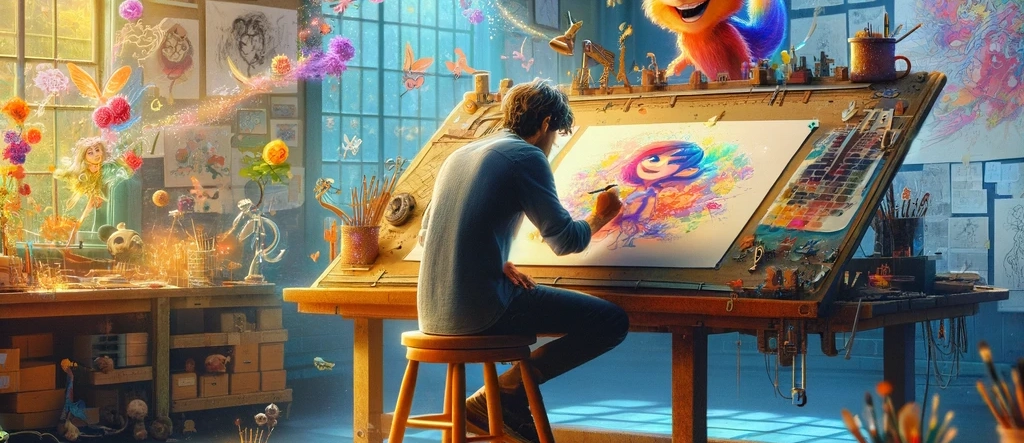The Power of Consistency: How Staying the Course Can Change Your Life
Consistency. It’s a word that I try to obtain. More importantly, why is it such a game-changer in life, art, or any passion you’re pursuing?
Think about it: How many times have you started something with all the enthusiasm in the world, only to fizzle out a few weeks later? We’ve all been there. Whether it’s hitting the gym, learning a new skill, or sticking to a creative project, the struggle is real. But here’s the thing—consistency is the secret sauce to success. Let’s dive into why staying consistent can be the key to unlocking your full potential.
The Benefits of Being Consistent
1. Builds Habits and Discipline
Ever tried to learn a new language or pick up a musical instrument? The first few days are exciting, but then reality kicks in, and it’s easy to skip a day… and then another. But when you push through and stay consistent, you start to build habits. These habits become second nature, and before you know it, what once felt like a chore becomes a part of your daily routine. That’s discipline in action.
2. Small Wins Add Up
Consistency doesn’t mean you have to make massive leaps every day. It’s about the small, steady steps forward. These small wins accumulate over time, leading to significant progress. Whether it’s sketching every day, writing a few lines, or practicing a sport, those little efforts compound into something extraordinary.
3. Creates Momentum
There’s a reason why people say, “An object in motion stays in motion.” When you’re consistent, you build momentum. Each day you show up, you make it easier to keep going the next day. That momentum can carry you through tough times when motivation is low.
4. Builds Confidence
The more consistent you are, the more you trust yourself. You begin to believe in your ability to follow through on your commitments. This self-confidence spills over into other areas of your life, making you more resilient and ready to tackle new challenges.
Real-Life Examples of Consistency
Let’s look at a few examples of how consistency can work wonders:
1. The Creative Process
As an artist, I’ve learned that consistency is crucial to improving your craft. When I started drawing daily, my skills took off. It wasn’t overnight, but those daily sketches, studies, and creative experiments led to noticeable growth. The same goes for writing, filming, or any creative endeavor. It’s the daily grind that separates the amateurs from the pros.
2. Health and Fitness
We all know someone who hit the gym hard for a month and then disappeared. But it’s the person who shows up week after week, even when they don’t feel like it, who gets the results. It’s not about the intensity; it’s about consistency. You don’t need to do a two-hour workout every day; a simple 30-minute walk can have a huge impact over time.
3. Personal Development
Let’s say you want to become a better version of yourself—maybe more mindful, more disciplined, or more grateful. These changes don’t happen overnight. But by consistently practicing mindfulness, gratitude, or discipline, you’ll see your mindset shift in ways you never imagined.
Quotes to Keep You Going
Need a little motivation to stay consistent? Here are a few quotes to remind you why it’s worth it:
- “Success is the sum of small efforts, repeated day in and day out.” – Robert Collier
- “We are what we repeatedly do. Excellence, then, is not an act, but a habit.” – Aristotle
- “The secret of your future is hidden in your daily routine.” – Mike Murdock
Wrapping It Up
Being consistent isn’t always easy, but it’s incredibly powerful. It’s about showing up, putting in the work, and trusting the process—even when results aren’t immediate. Whether you’re an artist, an athlete, or just someone trying to better themselves, consistency is your best friend. So, keep at it. The results might not show up tomorrow, but give it time, and you’ll be amazed at the transformation.
Remember, consistency is the bridge between goals and accomplishments. So, what are you waiting for? Start building that bridge today. I’ll strive to strengthen my bridge and keep the course even when temptations and challenges get in the way.






